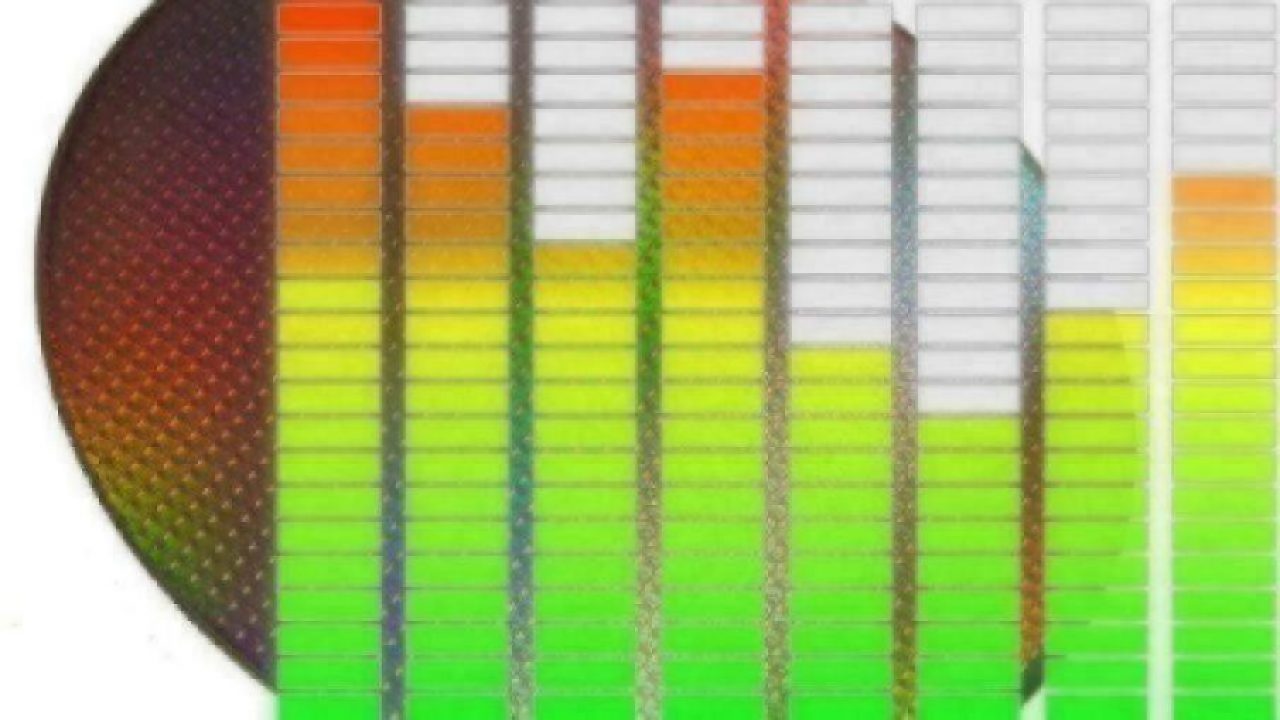TSMC pure-play foundry market share drops in 2016
Article By : Peter Clarke

Tower Semiconductor and SMIC will benefit the most from a 9% jump in the size of the pure-play foundry market in 2016, says IC Insights.
For 2016, the pure-play foundry market is expected to increase by 9% and outperform total IC market, which will drop by 2% this year, according to IC Insights.
In comparison, the pure-play foundry market climbed 17% to $42.4 billion in 2014, with a growth considerably faster than the total chip market. In 2015 the growth trimmed to 6% as the general market contracted by about 1%.
Speciality foundry Tower Semiconductor, which trades as TowerJazz, and Chinese foundry SMIC are expected to enjoy a surge in sales in 2016—partly due to past investments in wafer fabs—and as a result takes market share from market leader TSMC and United Microelectronics Corp. (see table).
![[EETA IC insights 01]](/wp-content/uploads/sites/2/2020/04/EETA_IC_insights_01.jpg)
__Figure 1:__ *Top 10 pure-play foundry vendors ranked by revenues forecasted for 2016. (Source: IC Insights)*
TSMC is expected to hold 58% market share in 2016, down one point from 2015. GlobalFoundries, UMC, and SMIC’s combined share is expected to be 26% this year, the same as in 2015.
Israel-based Tower, and U.S.-headquartered Globalfoundries are the only non-Asia-Pacific companies in the top 10 foundry ranking with all the others being based in the Asia-Pacific region.
China-based SMIC agreed in 2Q16 to purchase 70% of LFoundry's fab in Avezzano, Italy, for approximately $55 million. Since LFoundry has an installed capacity of 40,000 200mm wafers/month, the acquisition of a controlling interest in the company essentially serves to immediately expand SMIC’s capacity by 13% this year.
Although SMIC is forecast to achieve 27% sales growth in 2016, Chinese foundries, in total, are expected to hold only 8.2% of the pure-play foundry market in 2016, down 5.1 points from the peak share of 13.3% reached in 2006 and 2007. IC Insights believes that the total Chinese company share of the pure-play foundry market will increase through 2020, as the China-based foundries take advantage of the huge amount of government and private investment that will be flowing into the Chinese semiconductor market infrastructure over the next five years.
Subscribe to Newsletter
Test Qr code text s ss


